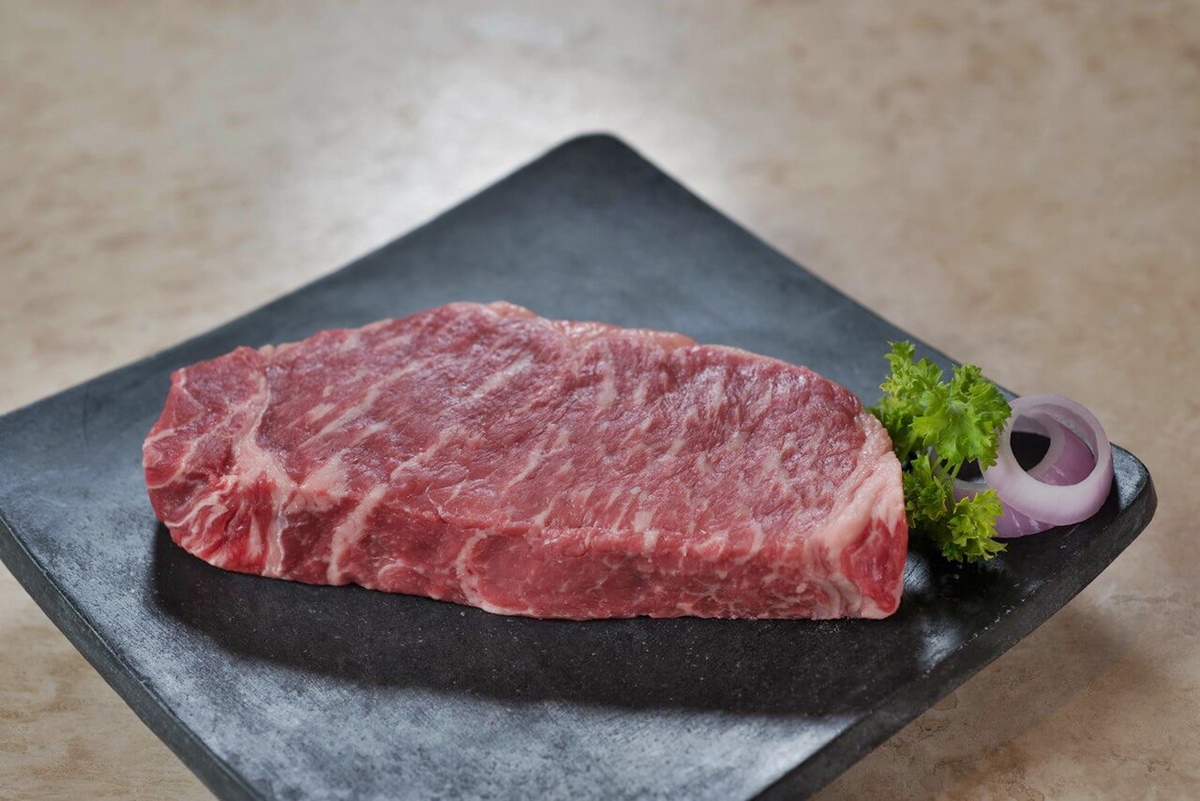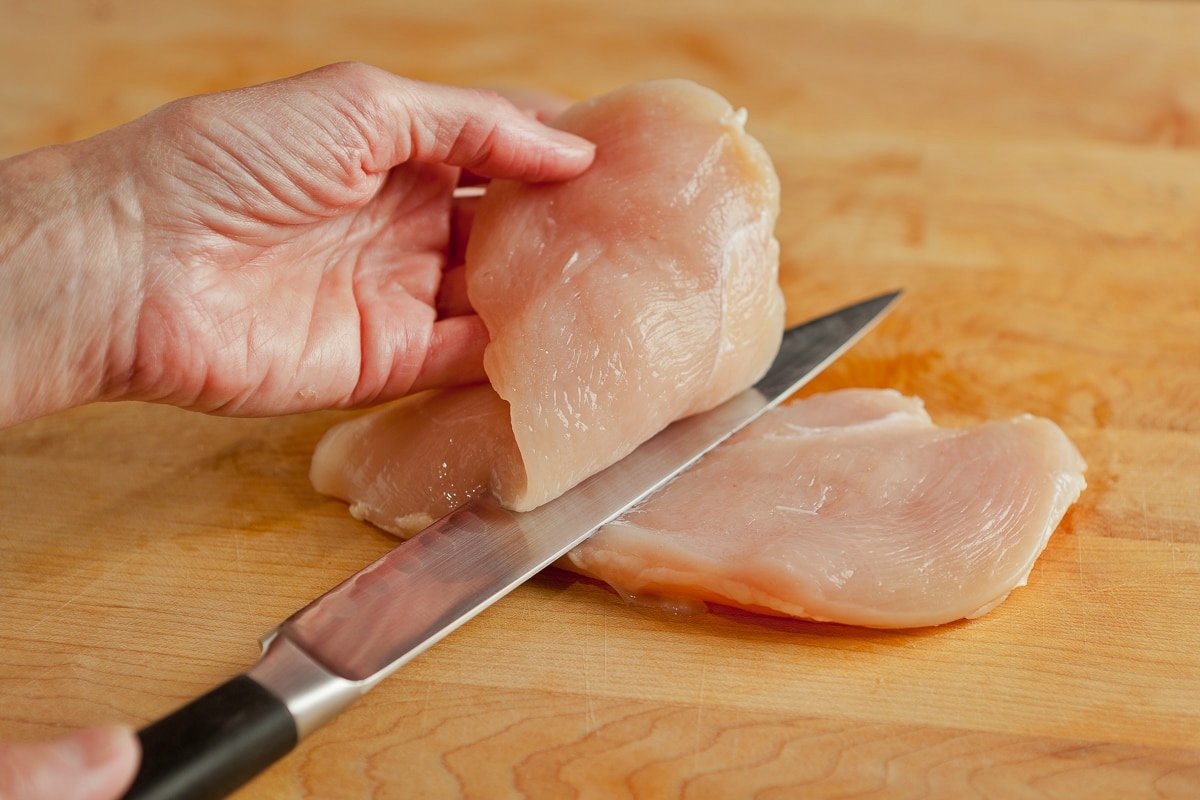How To Cut Drywall Sheets
When it comes to home renovation or construction projects, working with drywall is often a necessary step. Whether you’re creating a new wall or repairing an existing one, knowing how to cut drywall sheets is essential. In this guide, we’ll walk you through the process of cutting drywall sheets to help you achieve precise and professional results.
What You’ll Need
Before we dive into the cutting process, make sure you have the following tools on hand:
- Razor knife or drywall saw
- Straightedge or T-square
- Pencil
- Measuring tape
- Work gloves and safety goggles
Step-by-Step Guide
Measure and Mark
Start by measuring the area where you need to cut the drywall. Use a measuring tape to determine the dimensions accurately. Once you have the measurements, mark the cutting line on the drywall sheet using a straightedge or T-square. Make sure your marks are visible and straight.
Score the Drywall
If you’re using a razor knife, hold it at a slight angle and apply pressure to score along the marked line. Make multiple passes, gradually increasing the depth of the score. For thicker drywall sheets, you may need to score more times. When using a drywall saw, carefully follow the marked line and apply gentle pressure to create a cut.
Break the Drywall
To break the drywall along the scored line, place the sheet over a firm edge or workbench with the scored line facing up. Apply pressure on the waste side of the sheet, allowing it to break along the score. Be cautious while exerting pressure to ensure a clean break.
Smooth the Edges
After breaking the drywall, you may notice rough or jagged edges. Use a rasp or sandpaper to smooth the edges. This step is crucial, especially if you’re planning to join the cut drywall with another piece.
Additional Tips
- Always wear work gloves and safety goggles to protect yourself.
- If you’re cutting multiple sheets, consider using a drywall T-square for precise and consistent measurements.
- Using a utility knife with replaceable blades helps maintain a sharp cutting edge.
- Consider utilizing a drywall circle cutter for creating openings such as electrical outlets or light switches.
Now that you have the knowledge on how to cut drywall sheets, you can tackle your next home improvement project with confidence. Remember to measure accurately, score carefully, and smooth the edges for professional-looking results. Happy renovating!
Was this page helpful?
Read Next: How To Cut Banana For 11 Month Old











